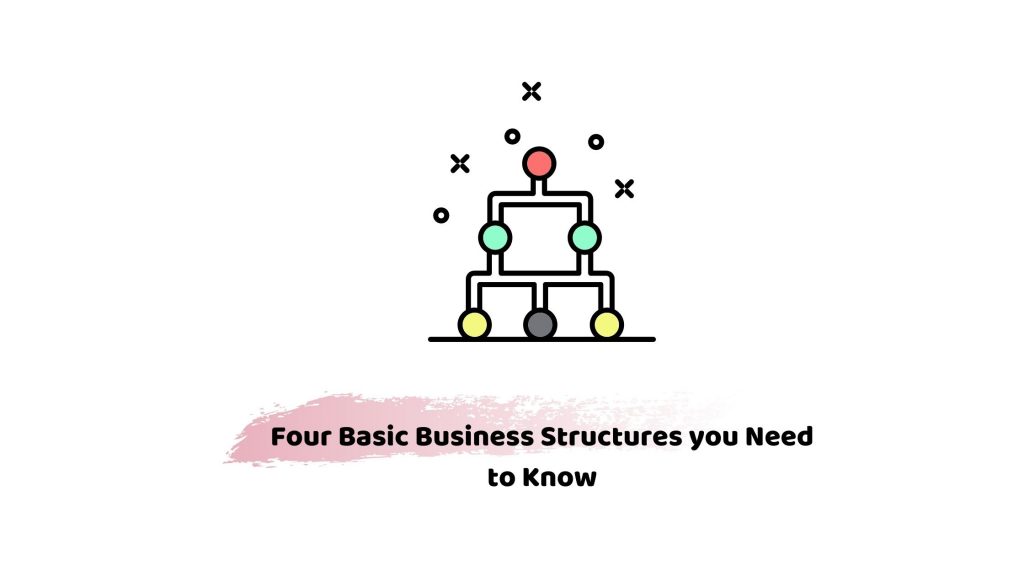Coming up with a creative idea and building a business around it is always an exciting endeavor. It’s an opportunity to show the world the unique ways you can address certain problems, positioning yourself as the most efficient solution. However, you’ll need a legal form for your business to take, which will affect the legal and financial obligations you must fulfill. To be on clear legal terms, you clearly need to have clarity of the business structure.
Business structures highly depend on how you have organized your team and your operations and if you decide to work by yourself or with other people. Whichever one you choose, it will impact both yourself as an individual and the way your business works. Here are the four basic business structures:
- Sole Trader or Sole Proprietorship
Under this type of business structure, only one person owns and operates the business. Unlike the other forms, it is not a separate legal entity, which means that the owner also incurs all business debts and liabilities. The business’ debts become the sole proprietor’s, making it their obligation to pay off.
While operating as a sole trader or sole proprietor is among the easiest structures to use, it still comes with legal obligations through income tax. Luckily, you can work with tax consultants in London to navigate this area.
2. Partnership
A partnership is an enterprise recognized by the law. Two or more individuals share ownership of the business, in which they both own and operate. They are also equally responsible for the partnership assets and liabilities. The partners can detail the delegation of authority and responsibilities in a documented Partnership Agreement, which is crucial to this type of business structure.
Since a partnership is a legal entity, it can enter into contracts and borrow money to pursue specific ventures, although creditors will request a personal guarantee from the partners. Even under a partnership, partners are treated as individuals when it comes to taxes, which means they’ll be taxed on their individual income, including their portion of partnership profits.
3. Limited Liability Partnership (LLP)
An LLP operates similarly to a partnership, although its members have limited liability. It is also a separate legal entity under the law, which means it can enter into contracts, sue individuals and corporations, be sued, and other similar functions. However, what sets an LLP apart from a partnership is that an LLP needs to file a set of annual accounts at Companies House. The individuals must be registered at Companies House, and at least two must be responsible for making the filings.
Some members will have their portion of partnership profits taxed under self-assessment. Meanwhile, the others receive a set profit share—much like a salary—taxed as employment income. They must also pay tax under PAYE and Class 1 NICs.
Lastly, a limited company is a separate legal entity that possesses most of their legal rights as an individual. Like an LLP, a limited company can own its assets, enter into contracts, and be liable for its own debt. It also has to file a set of annual accounts with Companies House. What makes it different from an LLP is that a limited company is required to pay tax on its profits, obligating it to file and complete a tax return with HMRC.
It must also fill out and submit an incorporation form, which the Companies House must approve before trading under the limited company name. Under this function, it needs to implement and file a Memorandum of Association and Articles of Association, which will lay out the rights, responsibilities, and obligations of its shareholders, officers, and directors.
Conclusion
Understanding the four business structures will help you decide on the most appropriate one for you. As your business’s legal form will dictate its legal and financial obligations, it’s essential to choose the right one. By working with clever accountants in London, you’ll iron out all the details and find the structure that best suits your business.
If you need tax consultants in London, Accotax is the one to call. We offer accountants and tax consultant services for the self-employed, limited companies, and contractors. Contact us today to find out how we can help you with your finances!





















































